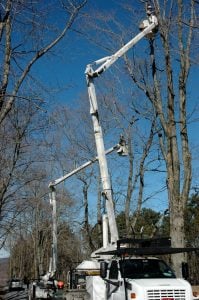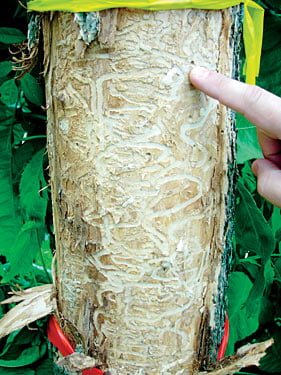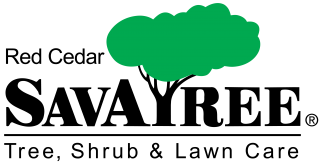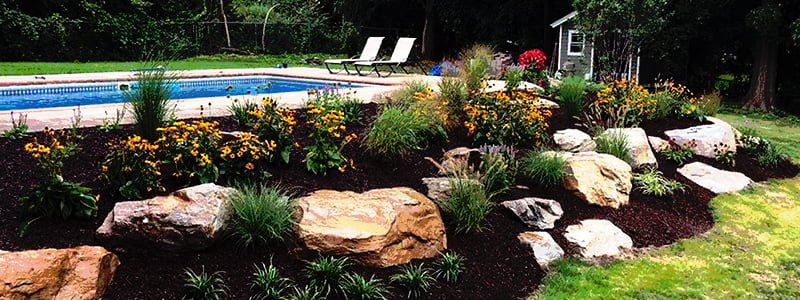The beginning of spring is a key time to begin planning your tree and shrub care strategy. After winter, it is important to inspect the trees and shrubs on your property to assess winter damage as well as do a full site evaluation prior to the warmer months. During a site evaluation, a professional arborist, like those at Red Cedar, will check for several things.
- Tree and shrub overall health

- Hazard limbs
- Disease
- Insect levels
- Root collar inspection
Most homeowners are not aware that around 80% of the time tree and shrub issues stem from below the ground. Because of this, evaluating the root system is extremely important. If a tree or shrub is missing one or more of the nutrients found within their soil that they need to survive and thrive, its growth potential will be hindered. To further inspect the root system, we can add soil testing to our future plans.
During evaluation, we also look at where the trunk goes into the ground (collar) for:
- Soil against the trunk above the root flare
- Volcano mulching – mulch too high around the trunk
These cause moisture to be trapped where decay micro-organisms rot the trunk. The girdling roots that come back can wrap around the trunk cutting of supply of water and nutrients, which in turn can strangle the tree.
Two ways to maintain the health of your root systems are:
- Fertilizing – This helps to restore fertility and health within the tree or shrubs root system.
- Mulching – By placing mulch over the soil surface, you are helping to maintain moisture levels, as well as improve overall soil conditions.
To determine the best method for your tree’s nutrition, Red Cedar Arborists perform a soil analysis. We can do this during your free consultation to help find the best solution and health plan for the trees and shrubs on your property.
When inspecting for hazard limbs, we will not only examine and come up with a plan of action for the obvious damages like broken limbs, or cracked branches. But we will also evaluate damages less obvious to the naked eye like, root failure, and crown twist. See our blog on tree hazard analysis HERE for more on this.
Unfortunately, a single species of insect and/or disease can completely and quickly destroy the health of your trees and shrubs. Because of this, inspecting for both diseases and insect levels on all your trees and shrubs is a crucial part of their health care plan. Coming up with a proactive insect, pest, and disease control plan is extremely important in maintaining your tree and shrub health on your property.

Some common insect problems that can mean big trouble for your trees and shrubs are:
- Aphids – “Plant lice”
- Adelgids – Threat to hemlocks, spruces, and fir-trees
- Scale – Suck sap out of twigs, needles, and leaves
- Leaf Miner – Larvae eat the inside of the leaf
- Mites – A particular threat to needled evergreens
- Ticks – See more on tick threats and control methods HERE.
- Emerald Ash Borer – See more on this HERE
Some common diseases your trees and shrubs can contract:
- Needlecast – A fungal disease that affects conifers (evergreens).
- Anthracnose – A fungal disease that affects shade trees.
- Scab – A disease that affects ornamental trees.
During your consultation, we will come up with a plan to avoid the presence of these harmful insects and protect them against common tree and shrub diseases. By using organic and non-toxic insect and pest control applications, we can proactively manage these issues and maintain the health of your trees and shrubs.
Now is the time to begin preparing your tree and shrub care plan for the warmer months. It is important to have a full site evaluation done prior to making any decisions on plans for the present and future health of your trees. Red Cedar will not only provide you with a comprehensive site evaluation and consultation, but will also help you put into place the most successful plan of action for your specific tree health. Contact us today for your free consultation!


